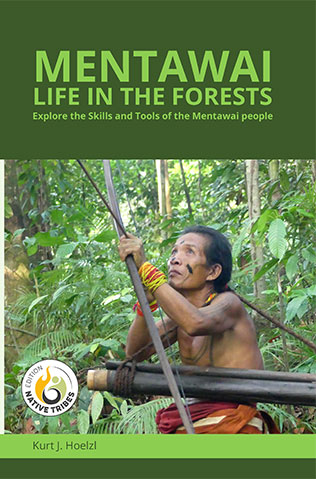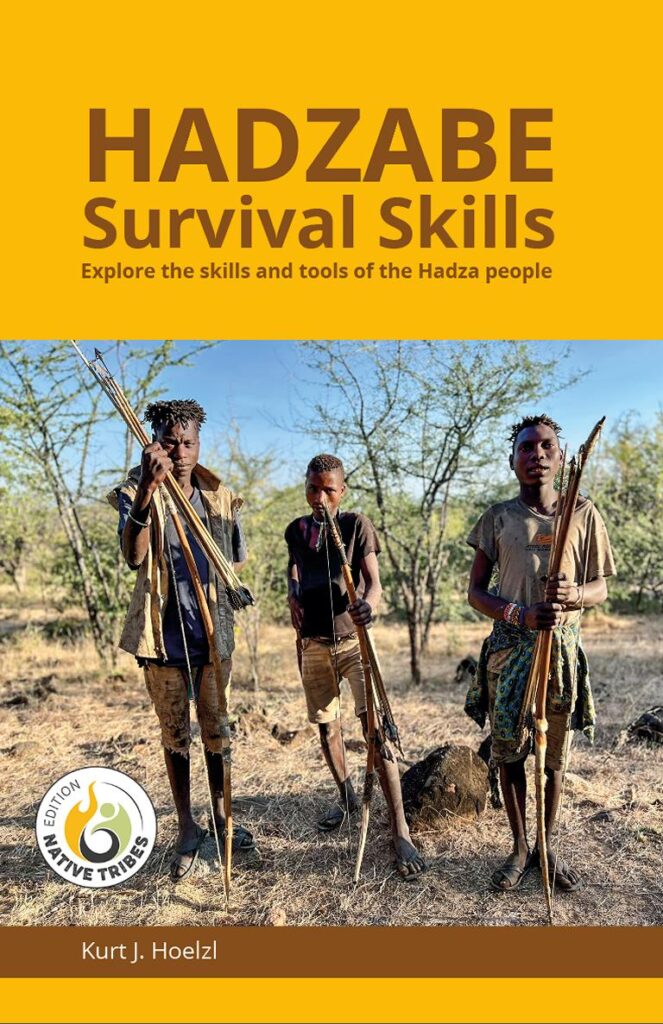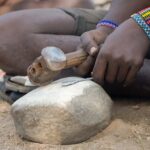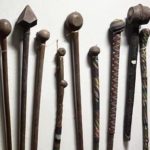Synonym C. laurentii; Common names Nkau (Kongo), Rotin (Fr.), Rattan vine
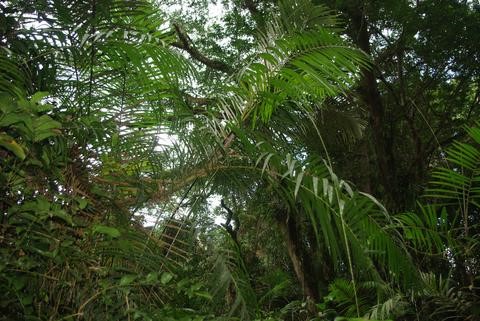
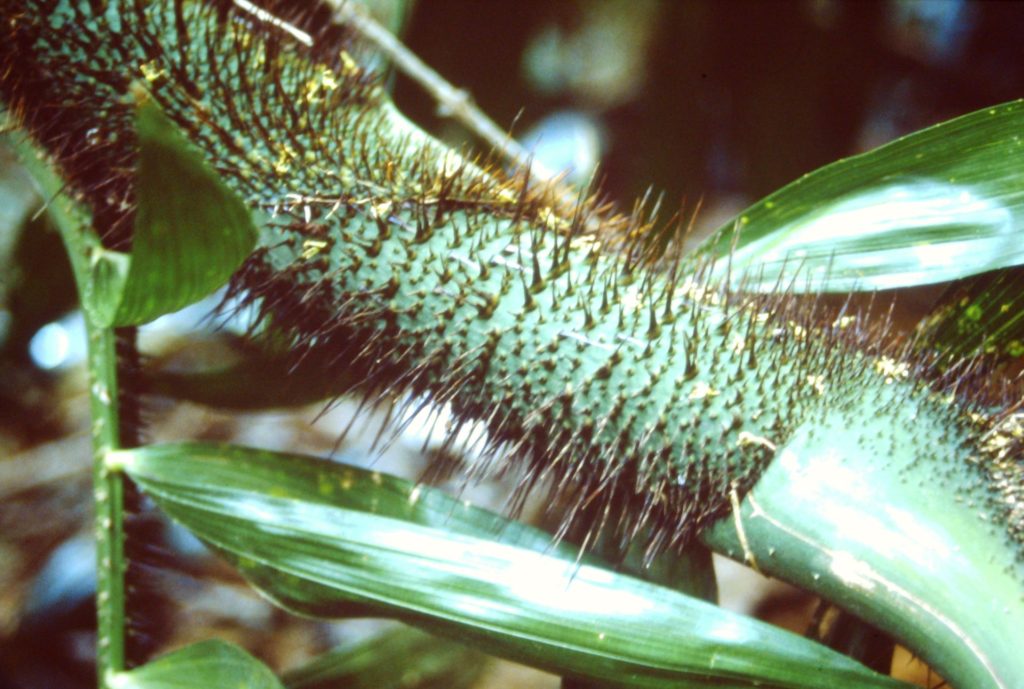
Description
A slender to moderately robust rattan palm, climbing up to 20 m high and often forming dense clumps. The stems and leaves are armed with spines. Stems have an extended whip-like organ called a flagella, up to 2 m long, with hooks that help the palm climb into the tops of forest trees. Canes may grow to 5 cm in diameter but are usually only 1 – 3 cm. Old stems lose their thorns.
Ecology
It grows in swamp and riverine forests but is less common in areas with high rainfall. It is the most widely distributed of the African rattans.
Propagation
Seeds germinate better when the fleshy layer has been removed. The plant has been successfully propagated in Ghana using rhizomes, with about 20% sprouting.
Uses
In Kongo Central, the stems are used to make baskets and were traditionally made into the chief’s canes. The skin of the rattan vine stem is removed with a knife, and then the cane is dried. Elsewhere, the canes are used to make furniture, walking sticks, belts for climbing palm trees, and bored out to make flutes. The stems are also used for fencing and ties for house building. When the rind is peeled off, the fiber makes a strong rope.
Remarks
The stems are not as flexible as those of Eremospatha nor as large, strong, or long-lasting as those of Laccosperma species.
References
Renier 1948, Purseglove 1972, Burkill 1997, Bongers et al. 2004, Sunderland 2007, Sunderland 2011
___________________________________________________________________________________________________________
Text and all photos at this article © Paul Letham. The professional background and contact information of the author of this article, can be found here.
.

